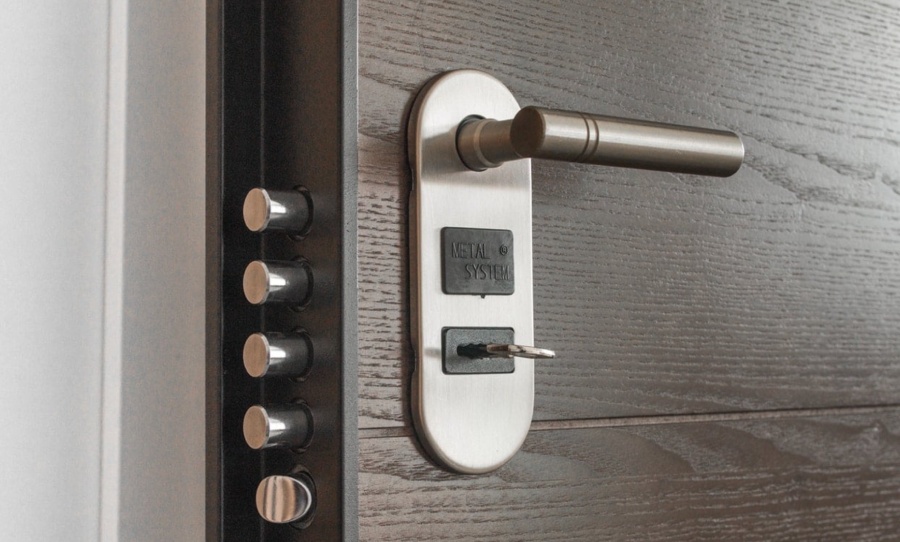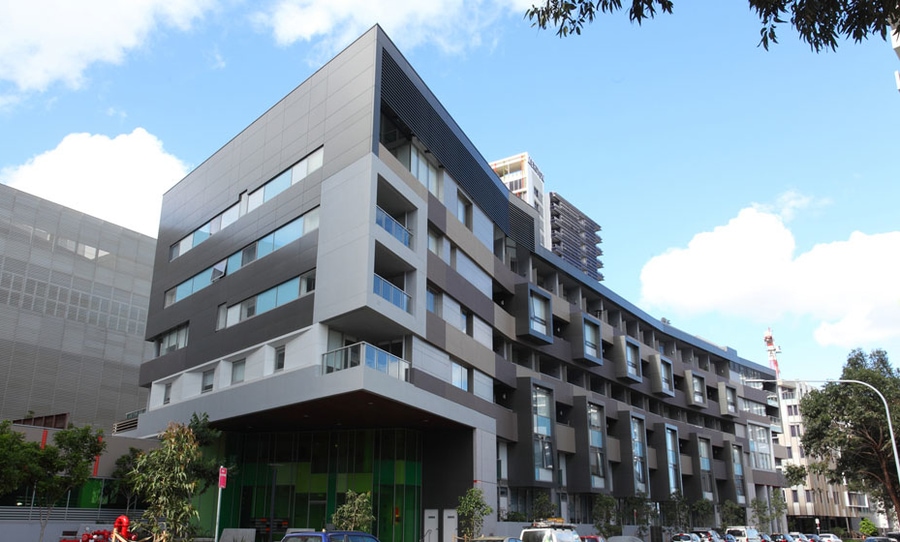What’s the Difference Between a Fire-proof Door and a Fire-rated Door?
Choosing the right fire door to install is an important decision, but there seems to be a universal confusion between fire-proof doors and fire-rated doors.
Choosing the right fire door to install is an important decision, but there seems to be a universal confusion between fire-proof doors and fire-rated doors.
Whether your home or office is already equipped with a fire door, or whether you’re looking to have one installed, it is important to distinguish between truths and myths about fire doors.
Here are some of the most common misconceptions about fire proof doors.

Fire doors have special certifications that make them surface resistant against flames. Sure, flameproof paint will slightly slow down how quickly the door catches alight, but only a fire door will effectively stop the spread of the flame
The gap between a fire door and its frame do not have to be completely airtight, but it should fit as snug as possibly to limit the amount of smoke and toxic fumes that can pass through the door. The gaps should be no larger than 3mm around the frame and less than 8mm underneath.
This is one of the most common misconceptions about fire doors. Installing large doorstops will stop some of the smoke and toxic fumes from travelling into the next room, however the door will still quickly burn down and allow the fire, and fumes to engulf the room.
It doesn’t matter if your brother’s a carpenter and you’ve seen him install a door once or twice. Fire doors must be installed by a certified professional to ensure they will function effectively in the event of a fire. Get in contact with Fire Safe Doors to organise a hassle-free installation today.
Fire doors used to be unattractive, but now you find fire doors that will suit pretty much any interior with an abundance of designs available on the market.
Have a fire door related enquiry? We’re happy to help. Contact Fire Safe Doors at [email protected] or call (02) 9070 0732, and we’ll work through a plan for your needs.
As winter approaches, unfortunately house-fire season is near. So here are some fundamentals of fire safety that every child should learn.
Fire Doors have become a safety staple for workplaces, eateries, halls, schools, and establishments everywhere. In the case of a fire, these doors are your ultimate protection until help arrives.
In short, fire doors save lives. Let’s run through the basics of fire doors, from application to aesthetics, to regulations.
Fire Door is short for a fire-rated door set. The door leaf, door frame, locks, handles and other elements all function together to create the most effective fire-resistant door possible. Fire Doors are also known as passive fire protection devices, meaning that they will serve their purpose without the need for human assistance if installed correctly.
Fire Doors have a range of classifications, depending on their strength. They can range from 30 minutes of withholding fire and smoke all the way to up to 2 hours of prevention. The most common types are the
Fire doors can’t be installed by anyone with a toolbox and a good attitude. The stakes are too high. For fire doors to meet government compliance standards and ensure maximum safety, they must be installed by qualified individuals. This includes qualified fire-door installers (us), and some carpenters and buildings. Always double check your installer has the credentials for the job so you don’t have to overspend on a redo.

While fire doors are there to keep people safe, they are also widely customisable for aesthetic purposes. Heritage buildings, modern workplaces and more all require fire doors with unique materials to match the aesthetic qualities of the buildings. With the right installer, it’s possible to match the fire door to the building without sacrificing functionality. Common types of fire doors include
You’ll need to have your fire doors inspected half-yearly or annually, depending on the door type. This is a must-do to comply with the strict Building Code of Australia. If your fire doors were installed before the 1990s, it’s definitely worth checking that they weren’t constructed with thermal insulation (aka, asbestos). If so, they’ll need to be removed by a qualified asbestos remover, then replaced. It is the role of the building manager to ensure all fire doors and inspections are up to scratch.
Have a fire door related enquiry? We’re happy to help. Contact Fire Safe Doors at [email protected] or call (02) 9070 0732, and we’ll work through a plan for your needs.